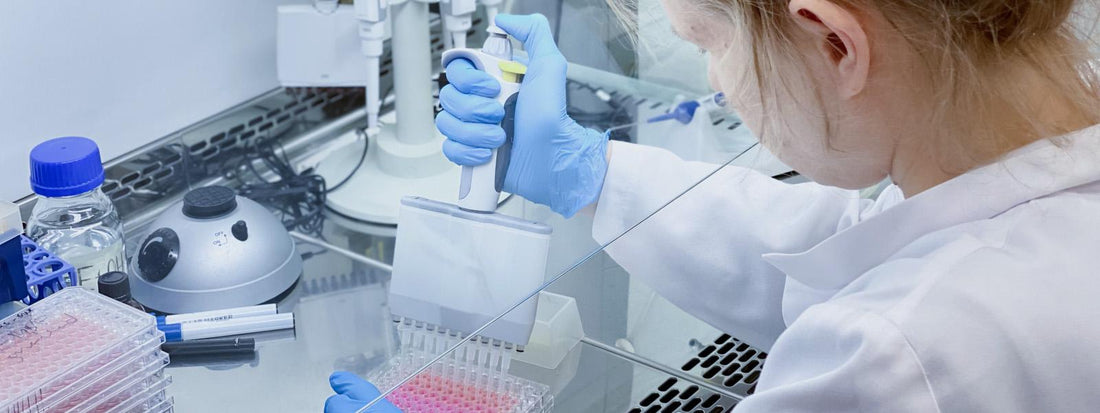
For a Better Life During and After Breast Cancer
Share
How Pink Ribbon Is Funding Life-Changing Breast Cancer Research
Every October, Breast Cancer Awareness Month reminds us not only of the women fighting breast cancer but also of the families, friends, caregivers, and colleagues who stand beside them. Beyond awareness, Pink Ribbon plays a vital role in funding groundbreaking research and innovative projects that directly impact the lives of people affected by breast cancer.
Here’s a closer look at some of the inspiring studies and projects made possible thanks to Pink Ribbon’s support.
Genetic Testing for Clearer Risk Insights
Inherited mutations in the BRCA1, BRCA2, and PALB2 genes can dramatically increase breast cancer risk. But some genetic variants, called VUS (Variants of Uncertain Significance), are still unclear. Dr. Maaike Vreeswijk (Leiden University Medical Center) is developing a genetic test to better define the risks of these variants. The aim: help carriers of uncertain gene mutations make informed decisions about screening and preventive care.
Tackling Hormone Therapy Resistance
Hormone-sensitive breast cancers are often treated with hormone therapy, but some tumors stop responding and spread. Researcher Elzo de Wit and his team have developed a technique to identify the small groups of tumor cells that may cause this resistance. Understanding these cells could lead to better prediction of treatment success — and new ways to overcome resistance.
Decision Support for High-Risk Women
Women at high genetic risk for breast cancer face difficult choices, such as intensive screening or preventive mastectomy. Prof. Eveline Bleiker is creating a personalized information and decision support tool — including an e-learning platform for healthcare providers — to help women make informed, confident choices while understanding the psychological impact of each option.
Improving Radiation Therapy With Hyperthermia
When breast cancer returns in an area that was previously treated, surgery followed by radiation is common. Sometimes, hyperthermia (controlled heating of tissue) is added to make radiation more effective. Dr. Desirée van den Bongard is studying whether hyperthermia truly improves survival and quality of life, while weighing side effects and the risk of recurrence.
A Handheld Scanner for More Precise Surgery
Removing all cancer while preserving healthy tissue is a delicate balance in breast cancer surgery. Prof. Theo Ruers is testing a handheld scanner that uses light (optical spectroscopy) and sound (ultrasound) to detect cancer cells during surgery. This real-time check could reduce the need for repeat surgeries and improve recovery and quality of life.
Smarter Treatments for Triple-Negative Breast Cancer
Triple-negative breast cancer (TNBC) is aggressive and historically hard to treat. Prof. Sabine Linn (Netherlands Cancer Institute) is researching how to best use emerging therapies — including immunotherapy, targeted drugs, and high-dose chemotherapy with stem cell transplant — to give patients the most effective and least toxic treatments. A unique app also tracks how 100 patients feel during and after treatment, giving doctors real-world insight to refine care.
Rethinking DCIS Treatment — The LORD Study
DCIS (Ductal Carcinoma In Situ) is a pre-cancerous condition often treated aggressively with surgery, radiation, and hormone therapy. But not all DCIS will ever develop into cancer — meaning thousands of women may receive unnecessary treatment. The LORD study is exploring whether women with low-risk DCIS can safely skip surgery and instead be monitored closely with regular mammograms. This could spare many from unnecessary physical and emotional side effects.
Exploring Metabolism in Triple-Negative Breast Cancer
Researchers are also mapping the metabolic changes inside triple-negative breast cancer cells to discover new treatment targets. Understanding how these aggressive tumors fuel their growth could lead to innovative therapies for patients with limited options today.
